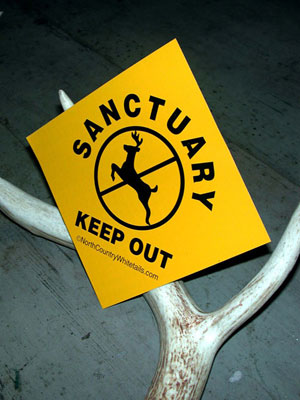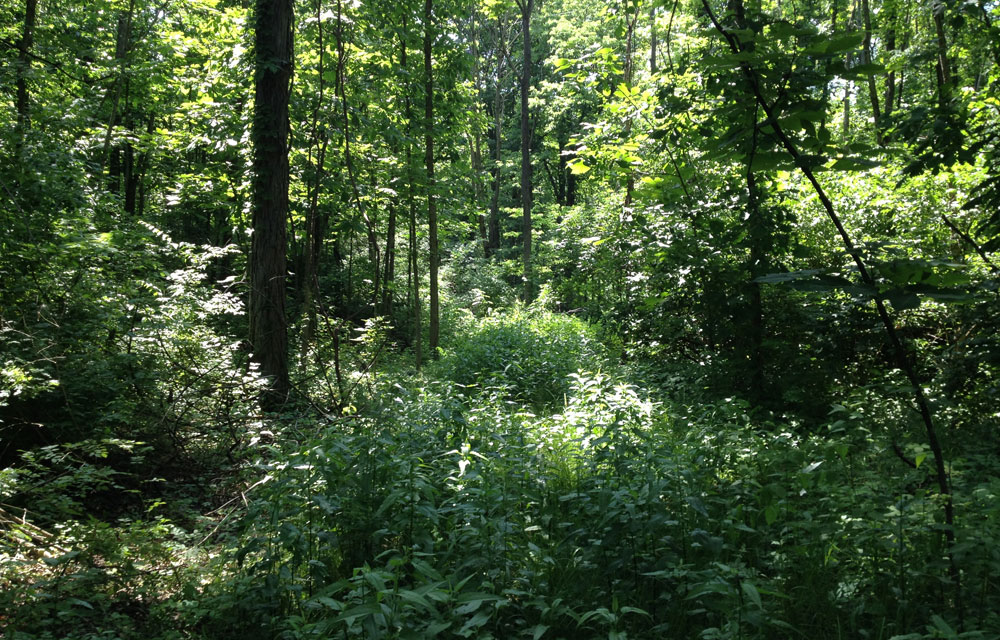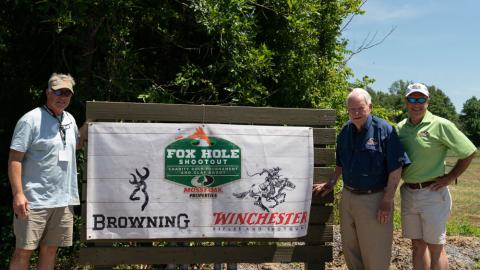Branden Throgmorton of Franklin, Indiana, about 20 miles from Indianapolis, is a newcomer to the Mossy Oak GameKeeper ProStaff, joining the team about a year ago.
A buddy of mine gave me a copy of “GameKeepers Farming for Wildlife” magazine and told me it was the best magazine he’d ever read. After reading it, I completely agreed with him. I joined the GameKeepers Club a few years ago. I reached out to Mossy Oak ProStaffer Scott Davis and shared with him what we were doing on our farm, and what I was doing with local conservation programs using what I learned from being a GameKeeper. Scott told me he had a spot on the ProStaff for me, and I’ve been working events ever since.
 I have 32.5 acres of land that I manage for wildlife. In many sections of the country, this amount of land would be considered a small plot. However, where we live in Indiana, 32.5 acres is really considered a big plot, since I’m only 20 miles from Indianapolis. The first thing I did when I bought this land was establish our property lines. Before we acquired this land, everyone picked mushrooms, ran their dogs, hunted squirrels and deer, ran their four wheelers and rode their horses across that property. I visited all the neighbors and told them we had bought the land and weren’t having any hunting there – at least for the first year – to learn what wildlife we had on the property, and what we could do to improve the land for wildlife. I posted the property just to let people know the land had changed hands, and that we planned to do more land-use management than the previous owner.
I have 32.5 acres of land that I manage for wildlife. In many sections of the country, this amount of land would be considered a small plot. However, where we live in Indiana, 32.5 acres is really considered a big plot, since I’m only 20 miles from Indianapolis. The first thing I did when I bought this land was establish our property lines. Before we acquired this land, everyone picked mushrooms, ran their dogs, hunted squirrels and deer, ran their four wheelers and rode their horses across that property. I visited all the neighbors and told them we had bought the land and weren’t having any hunting there – at least for the first year – to learn what wildlife we had on the property, and what we could do to improve the land for wildlife. I posted the property just to let people know the land had changed hands, and that we planned to do more land-use management than the previous owner.
The previous owner of my 32.5 acres had a forester come in and mark the trees for a timber harvest, but the harvest hadn’t taken place yet. I contacted that forester and walked the property with him to learn what he’d marked. Next, I had a state forester come out to my land and asked him to evaluate the trees that were marked for sale. I also asked him to make a decision as to what trees should be removed and which ones should be left to improve the property for wildlife. We agreed that we should harvest some of the over-mature timber and some of the mature timber to open up the forest floor to sunlight.
Once the loggers started harvesting the timber, they had to cross a creek. I made sure that the logging roads that were built were in places where I wanted roads to be, rather than having the loggers drive anywhere they wanted to go on the land. To better manage the creek, we came in and put in a temporary culvert pipe. Once the loggers finished logging, we removed the temporary culvert and added a permanent culvert. We shored-up the ends of the pipe with limestone riprap to keep the land from eroding into the creek.
On our 32.5 acres, we only had 42 trees removed. We sold a number of ash trees because they were extremely large and not very healthy, as well as large trees that were blocking the sunlight. On the recommendation of the state forester, we looked at a place on my land where a large number of big trees were dropped and stacked for loading to possibly make a green field there. Then I went behind the loggers after the removal of those trees and cut down some smaller trees like hackberry, some honey locusts and box elders – particularly those that didn’t produce any food for wildlife - to make a bigger opening in the woods.

Next, we saw an abundance of explosive native plant growth after removing these trees. We tried to manage that section of my land for quail. We do have one covey on my property, and I wanted to increase the quail numbers by having better quail habitat. We also saw quite a bit of deer activity in this new, young growth of native plants. I was very surprised at how fast the native plants and bushes grew after the overhead canopy was opened up, and the ground received an abundance of sunlight.
After that original timber harvest in February, we saw a lot of growth during the following spring and summer. That young growth close to the ground seemed to pull in wildlife, including quail, deer and others. Opening up the canopy of a mature forest drastically increased the amount of food for wildlife.






























